When budget cuts come before basic humanity.

Cost-cutting isn’t inherently sinister. But when the balance sheet wins every argument—especially over safety, oversight, or public well-being—disaster isn’t far behind. It’s one thing to trim the fat; it’s another to slice into the structural beams. Boardroom decisions made with surgical precision often miss one critical nerve: people.
These 15 incidents serve as brutal reminders of what happens when the pursuit of profit shoves caution and accountability to the sidelines. They didn’t just shave budgets—they erased guardrails, and people paid the price for it.
1. Boeing gambled with safety and lost everything.

Rushing production to beat the competition, Boeing stripped away transparency and buried critical design issues in the now-infamous 737 Max. They added an aggressive software fix but failed to properly train pilots, framing it as a minor upgrade. In reality, it created a time bomb. Two crashes later, the world saw what happens when executives downplay safety concerns to protect their market share. The damage wasn’t just to planes and people—it shattered trust in one of America’s most iconic companies.
2. BP’s shortcuts turned the ocean into a crime scene.
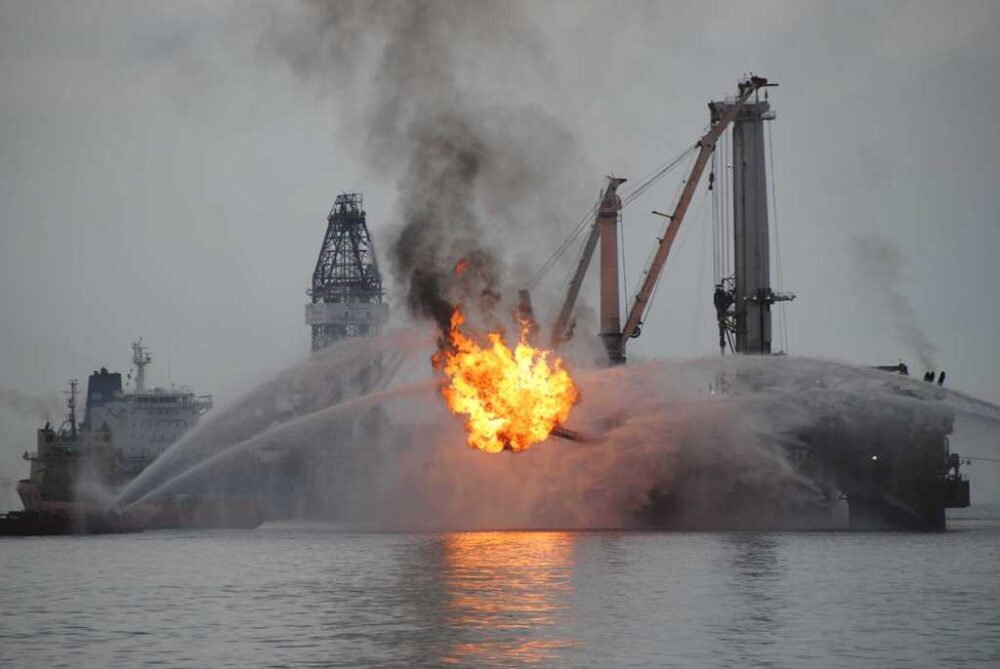
The Deepwater Horizon oil rig explosion wasn’t an unavoidable accident—it was the direct result of cutting corners to stay on schedule. Engineers skipped essential safety tests. Equipment wasn’t maintained. Profits took priority. When the rig failed, it killed 11 workers and unleashed the largest marine oil spill in history. The environmental devastation was just one layer. The real gut punch was knowing it all could have been prevented with a few less budget meetings and a little more integrity.
3. A refinery blast that safety budgets could have stopped.
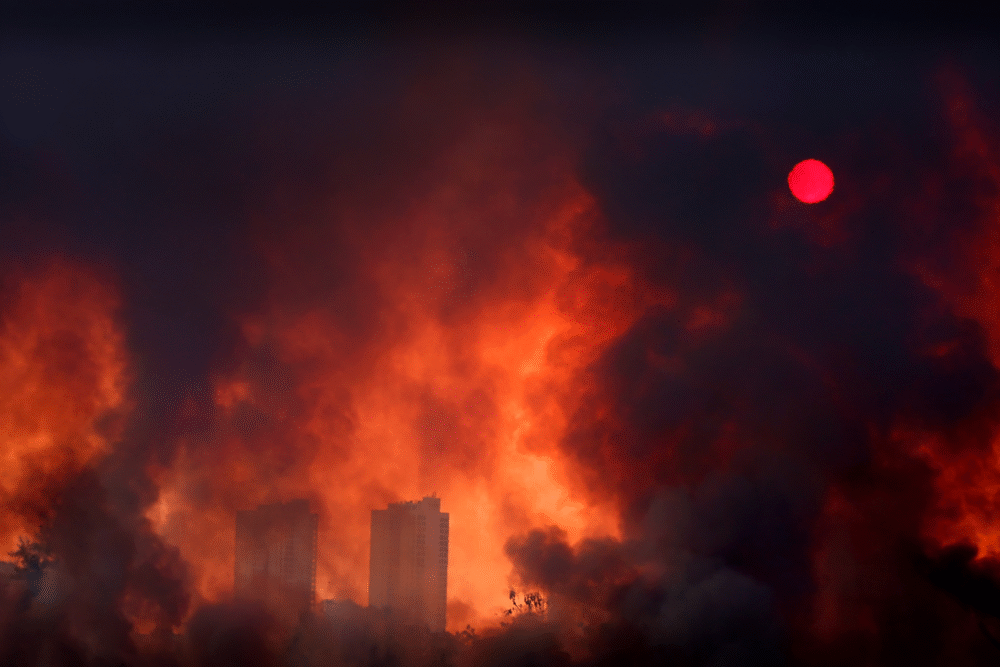
In Texas City, BP faced another catastrophe—this time at a refinery where outdated equipment and ignored warnings led to an explosion that killed 15 workers. Safety upgrades were recommended years before, but cost-saving measures always seemed to win. BP had been warned about potential hazards, but compliance was traded for convenience. When things finally blew, it wasn’t just the building that collapsed—it was the illusion that companies always learn their lesson.
4. Cheap labor turned into a global tragedy.
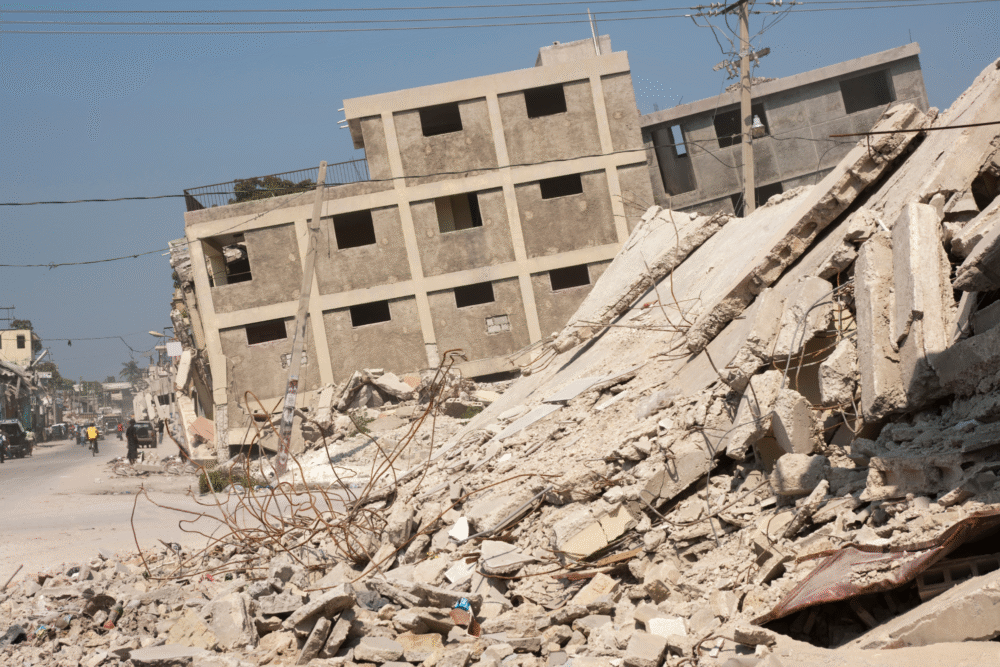
In a factory just outside Dhaka, garment workers were forced back into a visibly cracked building to keep production rolling. Hours later, the whole place collapsed. Over a thousand people were crushed because the system valued cheap labor over human lives. Western brands denied responsibility while profiting from low-cost labor. The collapse became a brutal symbol of how fast fashion’s hunger for savings could flatten more than just prices.
5. A mine ignored warnings until it became a graveyard.
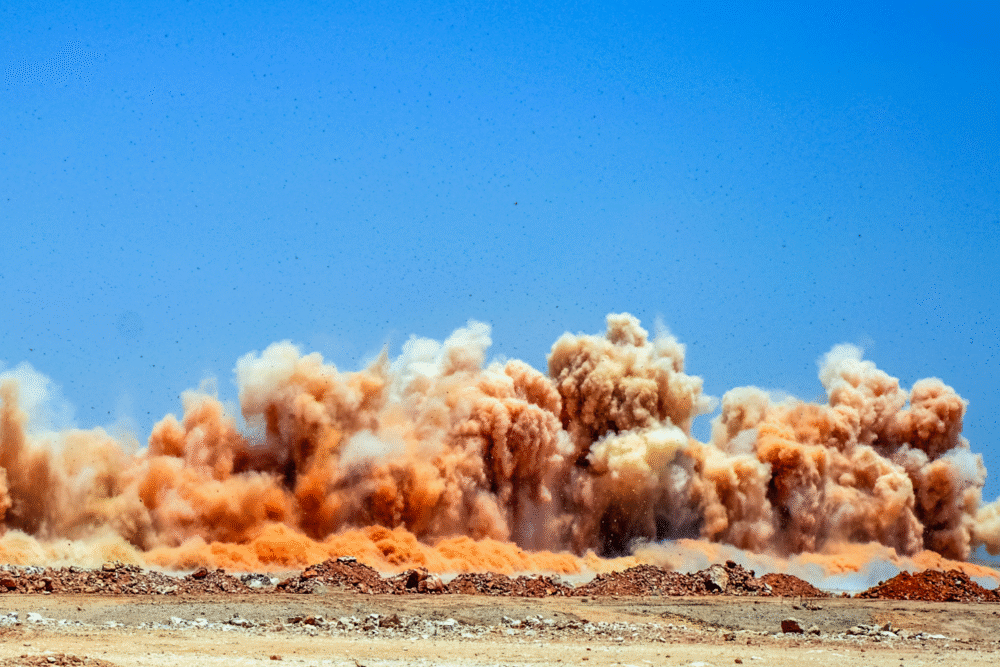
Tucked deep into Appalachian coal country, the Upper Big Branch mine had a reputation for pushing limits. Inspectors raised red flags about ventilation, buildup of methane, and failing equipment. But every warning was met with a shrug or a delay, all in the name of keeping output high. Then came the explosion. It ripped through the tunnels and claimed 29 lives—an industrial tragedy that proved how dangerous complacency and cost-cutting can be when they work hand in hand.
6. A tire scandal no one wanted to roll out.

For years, drivers complained about faulty tires and rollovers, especially on Ford Explorers. Executives at both companies knew there were problems. Internal documents showed early signs of danger, but fixing the issue would’ve meant recalls, headlines, and a dent in profits. Instead, they kept things quiet until the lawsuits piled up and lives were already lost. Trust in both brands plummeted—not because of the defect, but because they let it fester.
7. A chemical leak that choked an entire city.
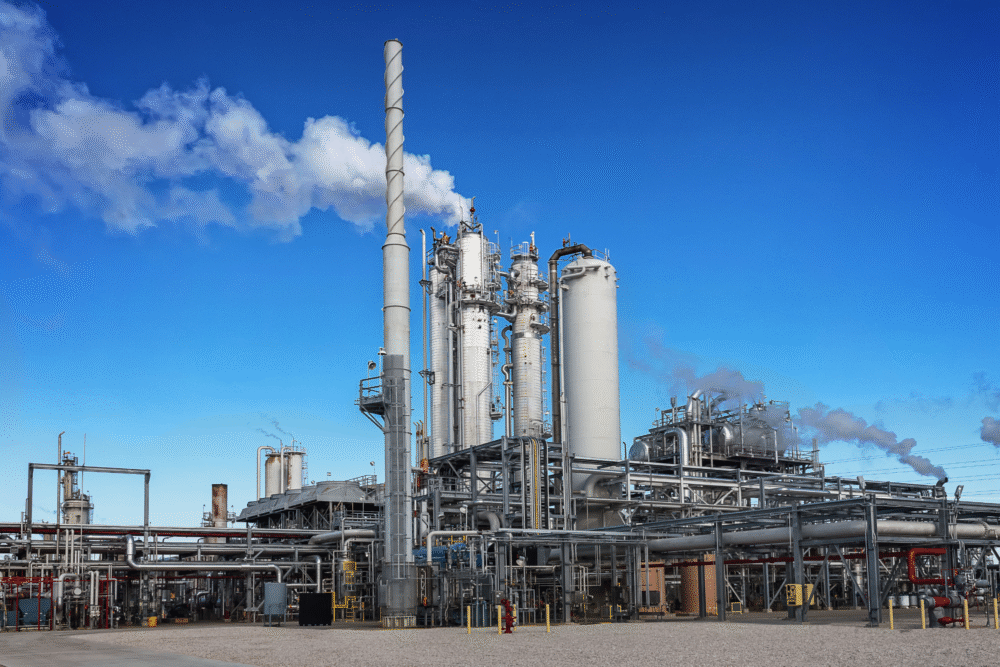
In a crowded city already struggling with poverty, a pesticide plant sat on shaky ground—literally and figuratively. To cut costs, safety systems were scaled back, inspections were ignored, and workers were left untrained. One night, a toxic gas leak spread like a silent plague, killing thousands in their sleep. The damage was immediate, but the corporate shrug that followed was even more haunting. It was a clear case where saving money cost an entire generation its health.
8. A shuttle exploded after engineers were silenced.

When engineers raised concerns about a key component that could fail in cold weather, they were told to stand down. Pressure to launch mounted, and decision-makers didn’t want delays or budget overruns making headlines. So they went ahead. The Challenger shuttle broke apart 73 seconds after liftoff, and seven astronauts died in a tragedy that didn’t have to happen. Bureaucracy smothered expertise, and the nation watched it unfold on live television.
9. Cost-saving cladding turned homes into deathtraps.

An apartment tower meant to house working-class families was wrapped in budget-friendly cladding. It looked fine on paper, but it was dangerously flammable. Residents had raised concerns, but no one with power listened. When a small kitchen fire broke out, it roared up the building like a matchstick. Dozens died while screaming for help. It wasn’t the fire that killed them—it was every ignored email and every penny saved in the wrong place.
10. A shuttle doomed by willful ignorance.

Residents of a public housing tower had complained for months about unsafe materials, faulty alarms, and poor escape routes. The agency managing the building chose cheaper upgrades and faster fixes—none of them safe. One fire turned the entire high-rise into a vertical inferno. Seventy-two people died, and the tragedy wasn’t because fire spreads fast—it was because people in charge didn’t care to slow it down with real investment.
11. A poisoned neighborhood that no one warned.
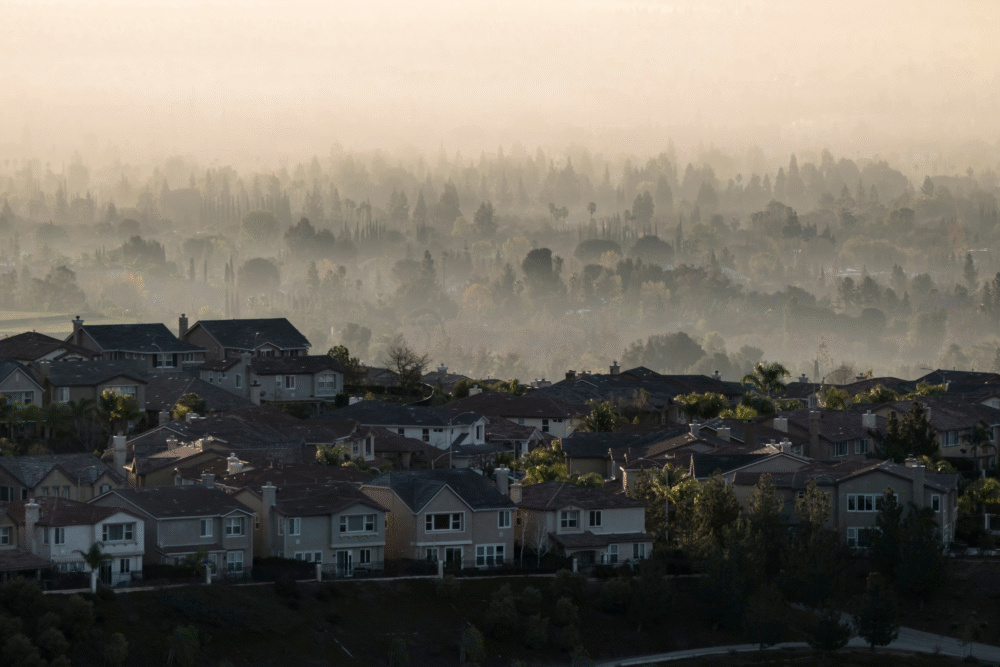
In a quiet St. Louis suburb, families bought homes with white fences and leafy trees, unaware that beneath their feet sat decades of buried toxic waste. A chemical company had offloaded its hazardous byproducts into the ground, then sold the land cheap. Years later, children got sick, cancers spread, and the smell of chemicals oozed from the basements. Cleanup came too late. The trust never returned.
12. Lead-tainted water turned a city into a cautionary tale.

In a bid to save money, Flint, Michigan city officials switched the water supply to a cheaper source but didn’t treat it properly. The water corroded old pipes and dumped lead into homes. Kids started showing signs of poisoning. Officials insisted everything was fine—even as parents begged for help. The damage wasn’t just in the bloodstreams—it was in the betrayal. A generation was poisoned by a budget cut masked as efficiency.
